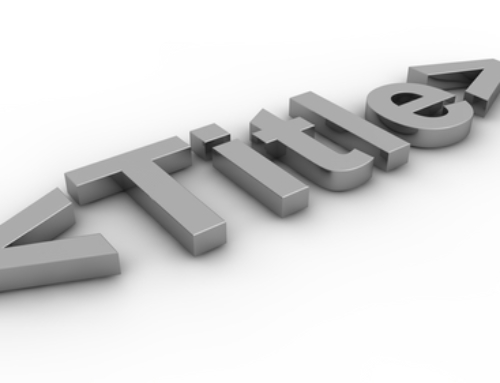Attract your readers! By readers I mean not only researchers who will read your published paper, but also the editor of the journal where you submit your manuscript, and the peer reviewers who will judge the quality of your work. The first aspect of your publication your readers come across is the title. So writing a catchy title will hook your audience and make them want to read the rest of your paper.
Some journals also allow sub-headings within the results section. Apply the same principles of the main title to sub-headings; although this time summarise the key finding from that particular paragraph. Some authors tend to miss this simple, yet effective way to grab your readers’ attention and keep them captivated.
An example of how to write an effective title
Let me describe what I mean. For instance, a paragraph in your publication describes the effect of two genes, A and B, on cell survival. The experiment involves the following:
- Transfecting cells with constructs containing the genes A and B
- Comparing the morphology of transfected cells with non-transfected cells using confocal microscopy. Gene A causes irregular cell morphology compared to wild-type, whilst Gene B does not have a morphological effect.
- Counting the number of live cells at fixed time intervals. The survival rate of cells transfected with Gene A is lower than both wild-type and Gene B transfected cells.
There are a few different titles for this experiment:
- The effect of genes A and B on cell survival- This title describes what the experiment is about, but does not inform the reader of the result. Hence, is less effective and cumbersome for most readers who will just skim through the paper, without reading experimental details.
- Gene A causes irregular cell morphology- This title effectively describes an experimental result, but it is not the most important result. The reader will again miss the key message from your experiments, unless he/she reads the entire paragraph. This title although better than the first example is still not very effective, since the bottom-line has been left out.
- Gene A reduces cell survival or Gene A causes cell death- The most effective title since it describes the most important experimental result in one line.
Since most readers skim through papers writing effective titles will generate interest, captivate their interest and sell it to them. Editors are more likely to send your manuscript for peer review, reviewers are likely to be more interested reading it, whilst your results will fascinate your target audience!





